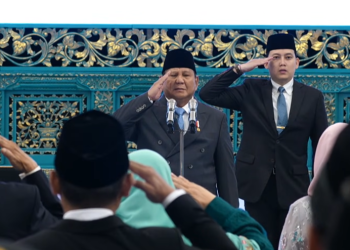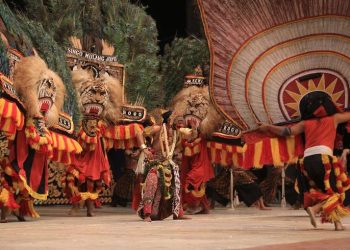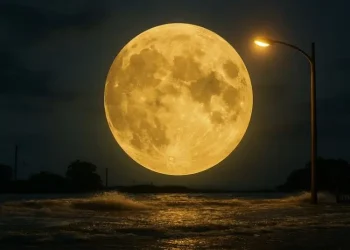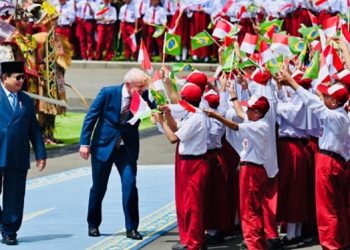Jakarta, Indonesia Sentinel — New Year celebrations have been a cornerstone of human culture since ancient civilizations, marked by rituals, festivals, and symbolic traditions. These early practices not only welcomed a new calendar year but also carried deep religious and cultural significance.
According to History, five notable ancient New Year traditions offer insight into how early societies marked the passing of time, from the Babylonians in Mesopotamia to the ancient Romans and Egyptians.
Babylonians – Akitu
According to History, one of the oldest recorded New Year celebrations was held by the Babylonians in ancient Mesopotamia around 2000 BCE, called Akitu. The festival coincided with the first new moon after the spring equinox in late March, symbolizing the rebirth of nature.
During Akitu, statues of deities were paraded through city streets, and rituals were performed to symbolize divine victory and cosmic renewal. The Babylonians believed these rites purified the world and prepared it for the coming year.
Ancient Romans New Year
Ancient Romans was recorded among early civilizations who celebrate the coming of New Year. Initially celebrated the New Year during the spring equinox, after a modifications on the solar calendar, the ancient Romans then marked January 1 as the start of the year.
January was named after Janus, the two-faced Roman god of transitions, who symbolically looked both to the past and the future. Janus was believed to look back at the past and forward to the future, embodying the transition from one year to the next.
Ancient Romans celebrate the occasion on January 1st by offering sacrifices to Janus and exchanging gifts like figs and honey as symbols of goodwill, hoping to secure good fortune for the year ahead. This ancient Roman New Year tradition is known as the forerunner of the Christian New Year traditions that are celebrated to this day.
Ancient Egyptians – Wepet Renpet
The ancient Egyptians celebrated the start of the new year with a festival known as Wepet Renpet, meaning “the opening of the year.”
For ancient Egyptians, the New Year was closely tied to the annual flooding of the Nile River. The event was heralded by the heliacal rising of Sirius, the brightest star in the night sky, typically seen in mid-July.
The New Year was seen as a time of rebirth and renewal, marked by lavish feasts and special rituals to honor the occasion.
Ancient Persian – Nowruz
Nowruz, often referred to as the Persian New Year, is a festival deeply rooted in ancient Persian traditions celebrating the arrival of a new year. According to History, while Nowruz is still observed in Iran and parts of the Middle East and Asia today, its origins trace back to antiquity, symbolizing renewal and the arrival of spring.
Nowruz which means ‘New Day,’ believed to be rooted in ancient Zoroastrianism. Falling on the spring equinox in March, the festival symbolizes renewal and rebirth.
Global New Year Traditions: Unique Ways the World Welcomes a Fresh Start
Shang Dynasty – Lunar New Year
The Lunar New Year traditions were traced back over 3,000 years to China’s Shang Dynasty. Initially tied to the agricultural calendar, the festival evolved with mythological tales, including the legend of Nian, a bloodthirsty beast said to terrorize villages every New Year.
To ward off Nian, villagers used loud noises, red decorations, and firecrackers—traditions that remain central to Lunar New Year celebrations today.
The Lunar New Year, rooted in the lunar calendar, typically falls between late January and early February on the Gregorian calendar. The celebration spans 15 days and is largely centered around home and family.
Families traditionally clean their homes to sweep away bad luck and settle old debts as a way to close out the previous year. To ensure an auspicious start to the new year, they adorn their doorways with paper scrolls and gather with relatives for festive meals and celebrations.
These ancient New Year’s traditions show how early civilizations celebrated and marked the coming of the new year. While these traditions are now part of history, some of them are the precursors to modern traditions and are still celebrated today.
(Raidi/Agung)
























